The trade relations between China and Kenya have significantly strengthened over the years, primarily driven by China’s growing investment in infrastructure development across Africa. Container shipping plays a crucial role in this trade route, effectively transporting large volumes of goods over considerable distances. As businesses expand their reach, understanding the intricacies of shipping costs becomes essential. Factors such as container size, shipping service type, and economic conditions can all influence the expenses associated with importing goods. In this blog, we will explore these factors, providing you with valuable insights into the costs associated with shipping 20ft and 40ft containers from China to Kenya in 2025.
Related Article : Shipping From China To Kenya
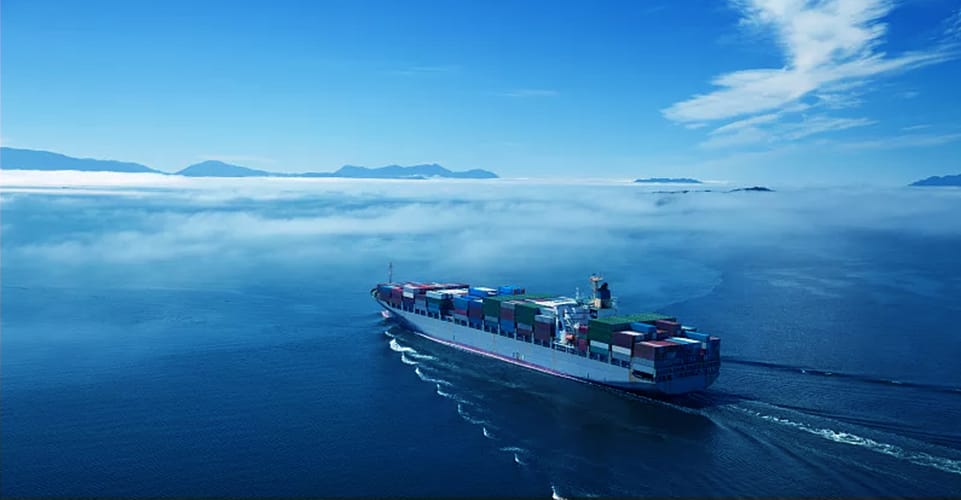
Factors Affecting Containers Shipping Costs
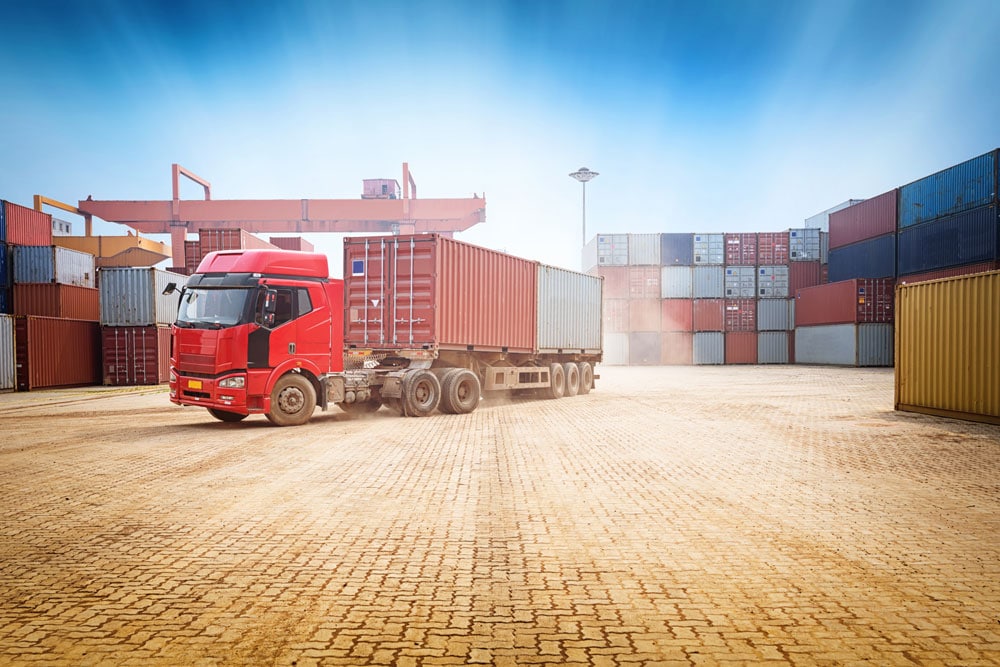
Weight and Volume of Cargo
The weight and volume of your cargo are primary determinants of shipping costs. Heavy and bulky items typically incur higher fees due to the increased space they occupy on the vessel and the added handling required during loading and unloading. For example, a full 20ft container can hold up to 28,000 kilograms or around 33 cubic meters, while a 40ft container can accommodate approximately 30,480 kilograms or about 67 cubic meters. Accurate estimation of your cargo’s weight and volume ensures you select the appropriate container type, optimizing your shipping expenses.
Distance and Port Locations
The distance between shipping points and the specific port locations involved in the transit also influence shipping costs. The route from major Chinese ports, such as Shanghai or Shenzhen, to Kenya’s bustling port of Mombasa covers thousands of kilometers, requiring careful route planning to minimize transit times and costs. Additionally, proximity to loading and unloading ports can affect overall logistics costs, including land transportation.
Delivery Service Type
Choosing the right delivery service type can have a significant impact on your shipping expenses. Various options such as standard, express, or door-to-door services offer different cost structures and delivery timelines. While express services may expedite delivery, they often come at a premium price. Businesses should evaluate their urgency and budget when selecting a service type.
Shipping Seasons and Peak Periods
Shipping seasons and peak periods can greatly affect costs. During peak seasons, such as the lead-up to major holidays or events, shipping demand surges, leading to increased prices and potential delays. Conversely, shipping during off-peak seasons may present opportunities for cost savings. Importers should monitor seasonal trends to strategically plan their shipments and avoid inflated costs.
Market Dynamics and Global Economic Conditions
Lastly, the ever-changing market dynamics and global economic conditions play a vital role in determining shipping costs. Fluctuations in fuel prices, currency exchange rates, and geopolitical events can all impact shipping expenses. Staying informed about global economic trends can help businesses anticipate potential cost changes and make informed decisions regarding shipping timelines and budgets.
Container Types and Sizes
20-Foot Container (TEU) Specifications and Capacity
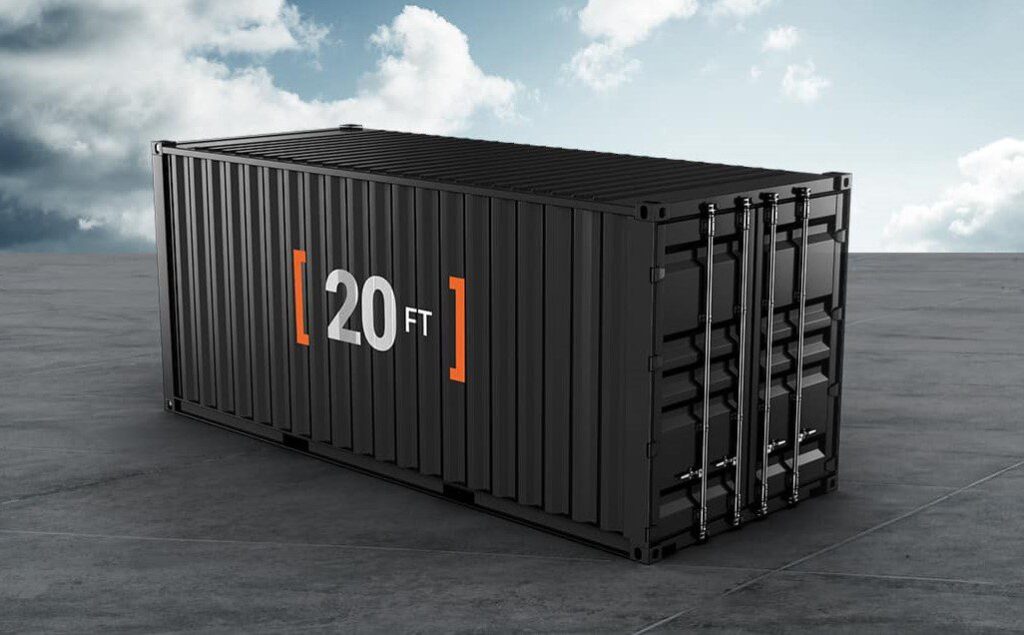
The 20-foot container (often referred to as a TEU) is one of the most widely used shipping containers in international trade. Measuring approximately 6.06 meters in length, 2.44 meters in width, and 2.59 meters in height, it has a maximum carrying capacity of around 28,000 kilograms. This container type is ideal for smaller shipments and offers sufficient space for a variety of goods, making it a popular choice for businesses looking to optimize costs.
40-Foot Container (FEU) Specifications and Capacity
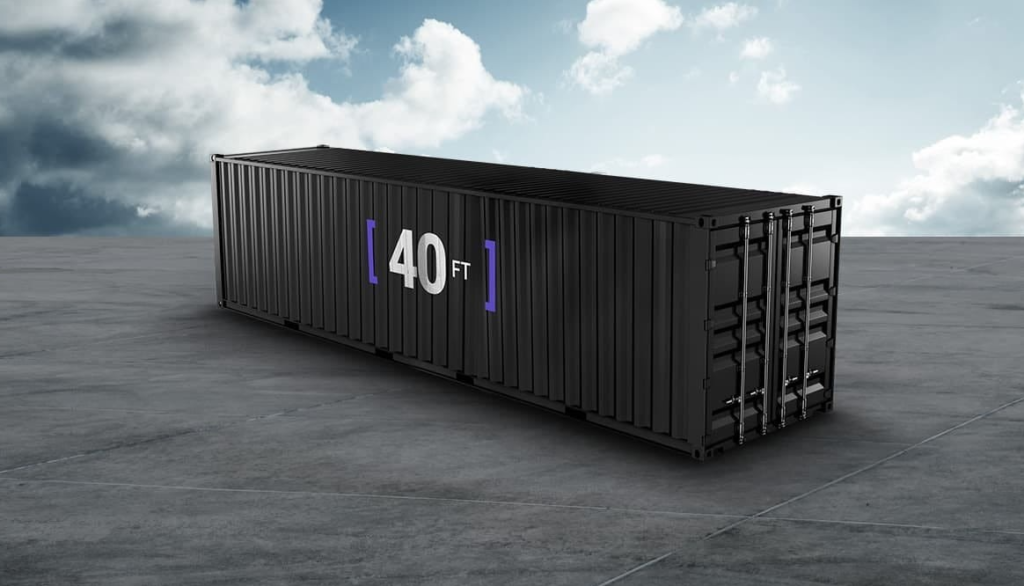
The 40-foot container (or FEU) is double the length of a 20-foot container, measuring approximately 12.19 meters long. It can hold an impressive maximum capacity of about 30,480 kilograms and provides approximately twice the volume of a TEU. This container type is suitable for larger shipments and is frequently used by businesses that need to transport bulk goods while keeping logistics costs manageable.
Cost Comparison Between 20ft and 40ft Containers
When comparing the costs of 20ft and 40ft containers, several factors should be taken into consideration, including shipping distance, cargo volume, and delivery service type. Typically, the cost per cubic meter tends to decrease with larger container sizes, making the 40ft container a cost-effective option for businesses with higher shipping volumes. The following table summarizes the general cost trends for shipping containers from China to Kenya:
| Container Size | Specifications | Average Cost (USD) | Ideal For |
|---|---|---|---|
| 20-foot (TEU) | 6.06m x 2.44m x 2.59m | $1,500 – $3,000 | Smaller shipments |
| 40-foot (FEU) | 12.19m x 2.44m x 2.59m | $2,500 – $4,500 | Larger shipments |
Understanding these specifications and costs can assist businesses in making informed decisions when shipping goods from China to Kenya.
Read More:
- Shipping From China to the United States
- Shipping From China TO CANADA
- Shipping From China To Netherlands
- Shipping From China To UNITED KINGDOM
- Shipping From China To ALGERIA
- Shipping from China to UAE
- Shipping from China to Saudi Arabia
Average Container Shipping Costs from China to Kenya in 2025
The average container shipping costs from China to Kenya in 2025 vary based on several factors including the port of origin, container size, and market conditions. Here is a summary of the estimated costs:
Full Container Load (FCL) Shipping Costs
| Port of Origin (China) | 20ft Container Cost (USD) | 40ft Container Cost (USD) | Transit Time (Days) |
|---|---|---|---|
| Shanghai | $1,900 – $2,600 | $3,700 – $4,500 | 25 – 35 |
| Shenzhen | $1,800 – $2,500 | $3,500 – $4,400 | 23 – 32 |
| Guangzhou | $1,850 – $2,550 | $3,600 – $4,500 | 23 – 32 |
| Ningbo | $1,900 – $2,700 | $3,750 – $4,600 | 25 – 35 |
| Qingdao | $2,000 – $2,800 | $3,800 – $4,700 | 28 – 38 |
| Xiamen | $2,950 – $3,200 | $3,700 – $4,600 | 26 – 36 |
| Tianjin | $2,100 – $2,900 | $3,900 – $4,800 | 30 – 40 |
Less than Container Load (LCL) Shipping Costs
| Port of Origin (China) | Cost per CBM (USD) | Transit Time (Days) |
|---|---|---|
| Shanghai | $85 – $150 | 25 – 35 |
| Shenzhen | $80 – $140 | 23 – 32 |
| Guangzhou | $80 – $140 | 23 – 32 |
| Ningbo | $85 – $150 | 25 – 35 |
| Qingdao | $90 – $160 | 28 – 38 |
| Xiamen | $85 – $150 | 26 – 36 |
| Tianjin | $90 – $160 | 30 – 40 |
Additional Costs to Consider
While understanding the average shipping costs is crucial, businesses must also account for several additional expenses that may arise during the shipping process. These costs can significantly impact the overall logistics budget and should be carefully considered when planning shipments.
Port Charges
Port charges include fees imposed by port authorities for loading and unloading containers, as well as other associated services. These charges can vary depending on the port’s regulations and the specific services rendered, including terminal handling and storage fees. It’s essential to inquire about these costs early to avoid unexpected expenses upon delivery.
Customs Fees and Duties
Importing goods into Kenya will incur customs fees and duties. The Kenyan Revenue Authority (KRA) requires customs duties based on the value of the imported goods, as well as other applicable taxes such as VAT. Businesses should familiarize themselves with the country’s customs regulations to ensure compliance and budget appropriately for these costs.
Inland Transportation
Once the containers arrive at the port, they will often need to be transported to their final destination within Kenya. Inland transportation costs can fluctuate greatly depending on the distance to the delivery point, the mode of transport (e.g., truck or rail), and the specific logistics arrangements made. It’s advisable to obtain quotes from local transport companies for an accurate estimate.
Insurance
Insurance is a crucial consideration for businesses looking to protect their investments during transit. Shipping insurance covers potential damages or losses incurred during transport, providing peace of mind for businesses. The cost of insurance typically varies based on the value of the goods being shipped and the level of coverage selected.
Documentation Fees
In addition to shipping costs, businesses should be aware of documentation fees related to import paperwork, such as bills of lading, commercial invoices, and customs declarations. Ensuring that all necessary documentation is completed correctly can help avoid delays and additional costs.
Destination Charges in Kenya
Lastly, destination charges in Kenya include various fees associated with receiving goods at the port and preparing them for final delivery. These charges can encompass handling fees, port clearance fees, and any other local fees imposed by logistics providers upon the arrival of goods.
By carefully considering these additional costs and incorporating them into your logistics budget, businesses can better manage their overall shipping expenses and ensure smoother operations when importing goods from China to Kenya. Understanding the full scope of potential costs allows for more informed decision-making and ultimately contributes to improved supply chain efficiency.
Dantful International Logistics Services:
- Dantful Ocean Freight Services
- Air Freight From China
- Amazon FBA Freight Forwarding
- WAREHOUSE Services
- One-Stop Customs Clearance Solution
- Cargo Insurance Services in China
- DDP Shipping Services By Dantful Logistics
- Out of Gauge Cargo Transportation Shipping Services
Shipping Methods and Their Costs
When shipping goods from China to Kenya, businesses have several options available, each with its own set of costs and advantages. Understanding the differences between Full Container Load (FCL) and Less than Container Load (LCL) shipping methods is essential for making informed logistics decisions.
Full Container Load (FCL) Shipping
Full Container Load (FCL) shipping is a method where an entire shipping container is utilized by a single shipper for their cargo. This option is ideal for businesses with substantial shipping volumes, as it allows them to maximize container space and minimize costs per unit of cargo.
- Costs: The average cost for FCL shipping from China to Kenya typically ranges from $2,500 to $4,500 for a 40ft container and $1,500 to $3,000 for a 20ft container (as previously discussed). The cost-effectiveness of FCL shipping increases with larger volumes; therefore, businesses shipping substantial quantities of goods often find this method to be more economical.
- Advantages:
- Direct Shipping: FCL shipments usually go directly from the port of origin to the destination port, reducing transit time.
- Less Risk of Damage: Since the container is dedicated to one shipper, the risk of cargo damage or loss is minimized, as there is less handling and fewer transfers involved.
- Simplified Customs Clearance: Having a full container simplifies customs processes, as there’s a single shipment to manage.
Less than Container Load (LCL) Shipping
Less than Container Load (LCL) shipping is a method where multiple shippers share space within a single shipping container. This option is suitable for businesses with smaller shipments that do not require an entire container.
- Costs: The cost for LCL shipping from China to Kenya generally varies, often falling between $200 and $1,200, depending on the volume of cargo and weight. Unlike FCL, LCL costs are calculated based on the volume (cubic meters) or weight of the cargo, potentially leading to higher per-unit costs if shipping larger weights.
- Advantages:
- Cost-Effective for Smaller Shipments: LCL is an economical choice for businesses that do not have enough goods to fill a full container.
- Flexibility: This method allows businesses to ship smaller quantities more frequently, aiding in inventory management and reducing storage costs.
- Access to Global Markets: LCL shipping provides small businesses with the opportunity to access international markets without the financial burden of full container shipping.
In conclusion, the choice between FCL and LCL shipping depends on your specific business needs, shipment volume, and cost considerations. Understanding these options can help you select the most suitable shipping method for your imports from China to Kenya.
FAQs
What are the main shipping companies operating between China and Kenya?
Several major shipping companies operate between China and Kenya, including Maersk Line, COSCO Shipping, and Hapag-Lloyd. These companies offer various services, including FCL and LCL shipping options.
How long does it take to ship a container from China to Kenya?
The average transit time for shipping a container from China to Kenya is approximately 20 to 30 days, depending on the port of origin, shipping method, and any potential delays.
Can I track my shipment from China to Kenya?
Yes, most shipping companies provide tracking services that allow you to monitor the location and status of your shipment throughout the transit process.
What documents are required for shipping goods from China to Kenya?
Key documents required for shipping goods include a bill of lading, commercial invoice, packing list, and customs declaration. Ensuring that all documentation is accurately completed is crucial for smooth customs clearance.
Is it necessary to purchase shipping insurance?
While it is not mandatory, purchasing shipping insurance is highly recommended to safeguard your investment against potential loss or damage during transit.
References
- World Bank – Kenya Overview
- International Maritime Organization – Container Shipping
- Kenya Revenue Authority – Import Regulations

Young Chiu is a seasoned logistics expert with over 15 years of experience in international freight forwarding and supply chain management. As CEO of Dantful International Logistics, Young is dedicated to providing valuable insights and practical advice to businesses navigating the complexities of global shipping.



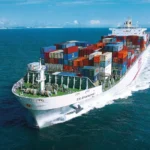


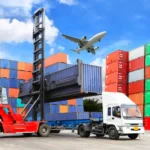


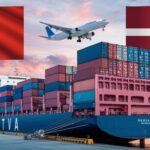
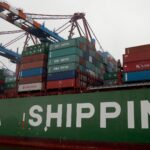
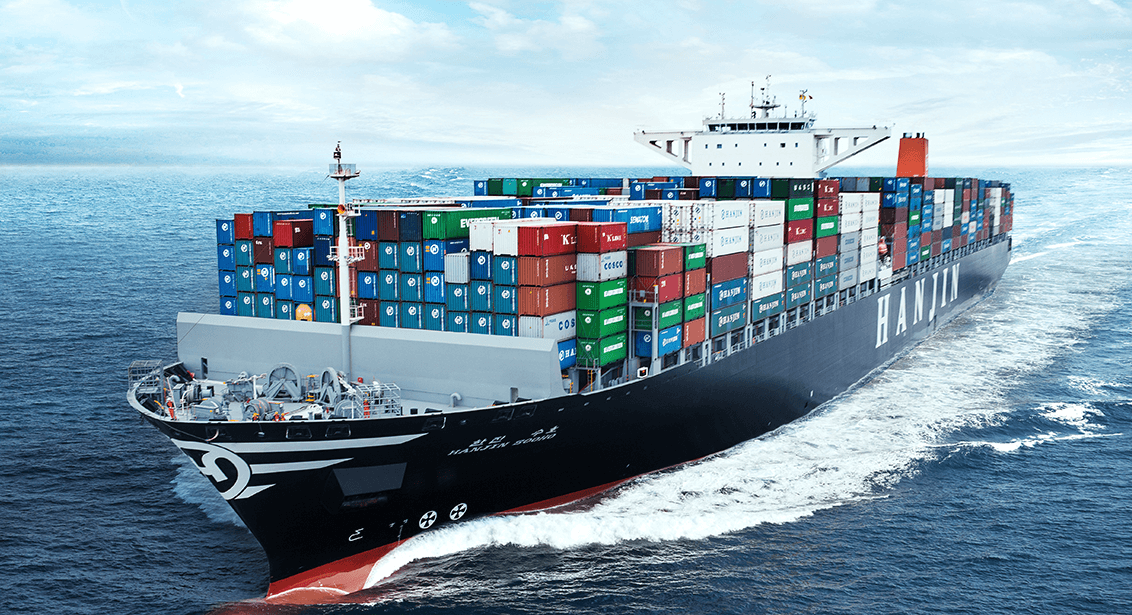
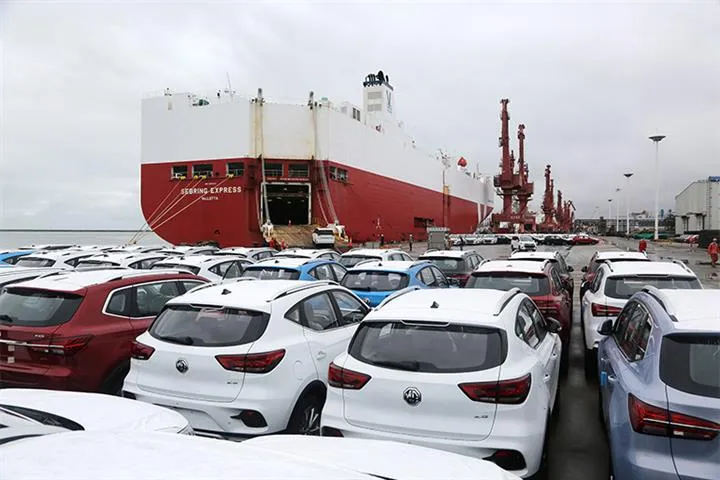

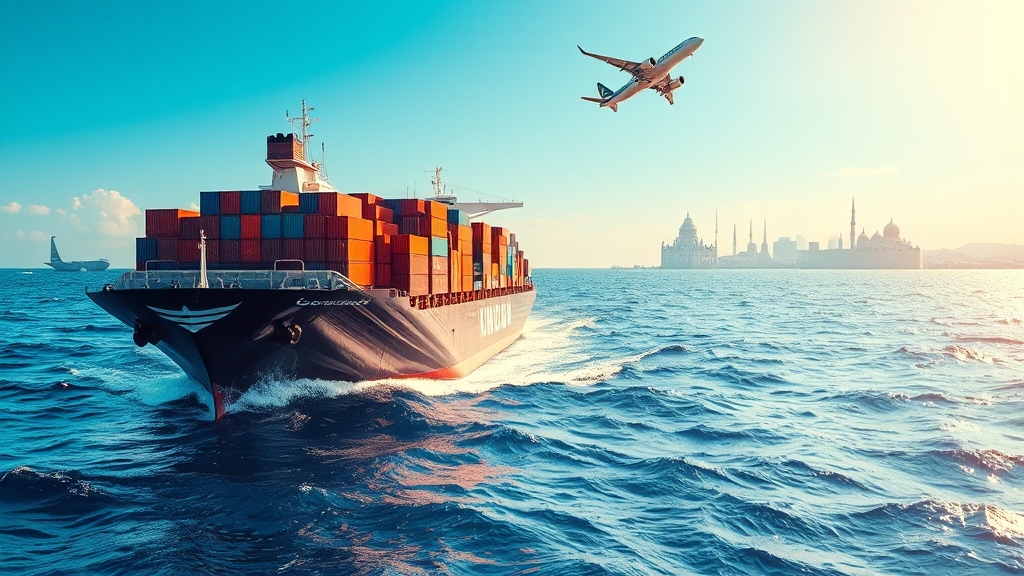
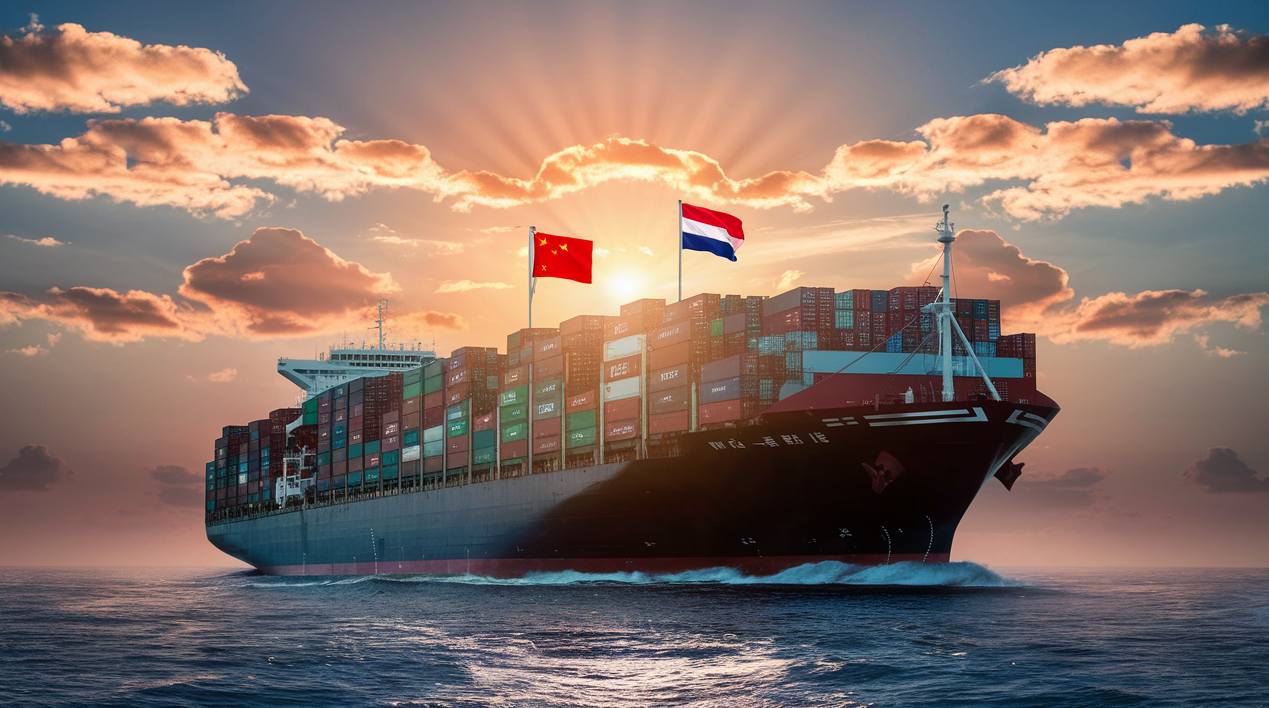





 Afrikaans
Afrikaans Shqip
Shqip አማርኛ
አማርኛ العربية
العربية Հայերեն
Հայերեն Azərbaycan dili
Azərbaycan dili Euskara
Euskara Беларуская мова
Беларуская мова বাংলা
বাংলা Bosanski
Bosanski Български
Български Català
Català Cebuano
Cebuano Chichewa
Chichewa 简体中文
简体中文 繁體中文
繁體中文 Corsu
Corsu Hrvatski
Hrvatski Čeština
Čeština Dansk
Dansk Nederlands
Nederlands English
English Esperanto
Esperanto Eesti
Eesti Filipino
Filipino Suomi
Suomi Français
Français Galego
Galego ქართული
ქართული Deutsch
Deutsch Ελληνικά
Ελληνικά Kreyol ayisyen
Kreyol ayisyen Harshen Hausa
Harshen Hausa Ōlelo Hawaiʻi
Ōlelo Hawaiʻi עִבְרִית
עִבְרִית हिन्दी
हिन्दी Hmong
Hmong Magyar
Magyar Íslenska
Íslenska Igbo
Igbo Bahasa Indonesia
Bahasa Indonesia Gaeilge
Gaeilge Italiano
Italiano 日本語
日本語 Basa Jawa
Basa Jawa ಕನ್ನಡ
ಕನ್ನಡ Қазақ тілі
Қазақ тілі ភាសាខ្មែរ
ភាសាខ្មែរ 한국어
한국어 كوردی
كوردی Кыргызча
Кыргызча ພາສາລາວ
ພາສາລາວ Latin
Latin Latviešu valoda
Latviešu valoda Lietuvių kalba
Lietuvių kalba Lëtzebuergesch
Lëtzebuergesch Македонски јазик
Македонски јазик Malagasy
Malagasy Bahasa Melayu
Bahasa Melayu മലയാളം
മലയാളം Maltese
Maltese Te Reo Māori
Te Reo Māori मराठी
मराठी Монгол
Монгол ဗမာစာ
ဗမာစာ नेपाली
नेपाली Norsk bokmål
Norsk bokmål پښتو
پښتو فارسی
فارسی Polski
Polski Português
Português ਪੰਜਾਬੀ
ਪੰਜਾਬੀ Română
Română Русский
Русский Samoan
Samoan Gàidhlig
Gàidhlig Српски језик
Српски језик Sesotho
Sesotho Shona
Shona سنڌي
سنڌي සිංහල
සිංහල Slovenčina
Slovenčina Slovenščina
Slovenščina Afsoomaali
Afsoomaali Español
Español Basa Sunda
Basa Sunda Kiswahili
Kiswahili Svenska
Svenska Тоҷикӣ
Тоҷикӣ தமிழ்
தமிழ் తెలుగు
తెలుగు ไทย
ไทย Türkçe
Türkçe Українська
Українська اردو
اردو O‘zbekcha
O‘zbekcha Tiếng Việt
Tiếng Việt Cymraeg
Cymraeg יידיש
יידיש Yorùbá
Yorùbá Zulu
Zulu